When you close your eyes and imagine a tropical garden paradise, one of the last places you will think of is Canada. It’s hardly the quintessential bamboo habitat, like Indonesia or Hawaii. And for that reason, you might think it’s not possible to grow bamboo in Canada. Sure, Canada is a wonderful country, and there are many great reasons why you might wish to live there. But the warm sunshine is probably not one of them.
NOTE: This article first appeared in September 2019, most recently updated in April 2024.
Can I grow bamboo in Canada?
There are no native bamboo species in Canada, but plenty of temperate bamboo varieties can grow there ornamentally. Naturally, you will have to avoid the tropical and subtropical specimens and instead look for the bamboo that’s native to northern China, Japan and the Himalayas. Mostly, you will find that running bamboo is hardier than clumping, but there are a few clumpers that are extremely cold-tolerant.

Indeed, there are many varieties of bamboo that will thrive in the cold and in the snow. Think of the high mountains of Tibet, the plateaux of northern India, and the northernmost islands of Japan. Even the frigid terrain of southern Chile has its own population of bamboo.
Still, there are no species of bamboo indigenous to Canada, so you will have to be selective in deciding which varieties to plant. And if you live in the Yukon Territory or someplace where the temperature regularly drops below -20º F, it might not work out.
Vancouver and the surrounding areas enjoy the mildest climate in all of Canada, and thus the best gardening conditions. For confirmation of this fact, you’ll want to visit the spectacular Butchart Gardens on Vancouver Island. But even in Montreal and Toronto, you should be able to grow bamboo, as long as you pick the right varieties.
To help with that selection process, we’ve put together this list of cold-hardy bamboo that will have the best chances of surviving and thriving through those chilly Canadian winters.
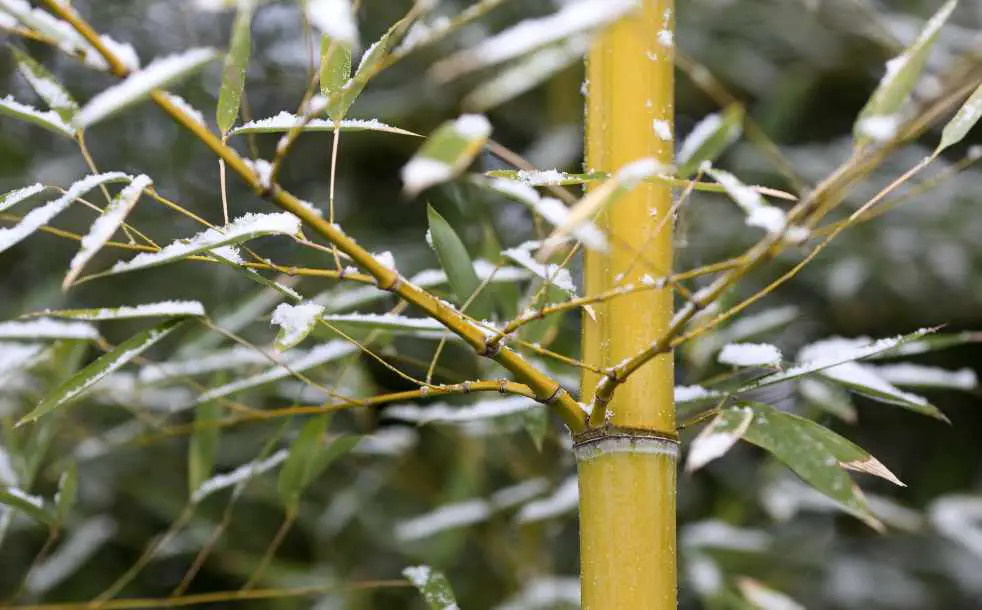
Best varieties of bamboo to grow in Canada
There are more than a thousand species of grass in the bamboo family, and the majority of the most popular bamboo for gardening come from the tropics or subtropics, so they much prefer the warmer climates. But with that many varieties to choose from, you can be sure to find a few bamboos will grow happily in the snowy mountain regions and far northern latitudes like Canada.
As a matter of fact, there are dozens of varieties of cold hardy bamboo to consider. Most of them belong to either the Phyllostachys or the Fargesia genus of bamboo. Phyllostachys is one of the most prevalent genera of bamboo, primarily native to China and including about 50 distinct species. Almost every species of Phyllostachys is a fast-spreading runner (with an aggressive rhizome root system), and many of them are cold hardy, down to -5 or -10º F.
Fargesia is another major genus of bamboo, also indigenous to China and Southeast Asia. Unlike Phyllostachys, the Fargesia bamboos are chiefly dense-growing clumpers. This and their cold hardiness have made many varieties of Fargesia very popular among gardeners.
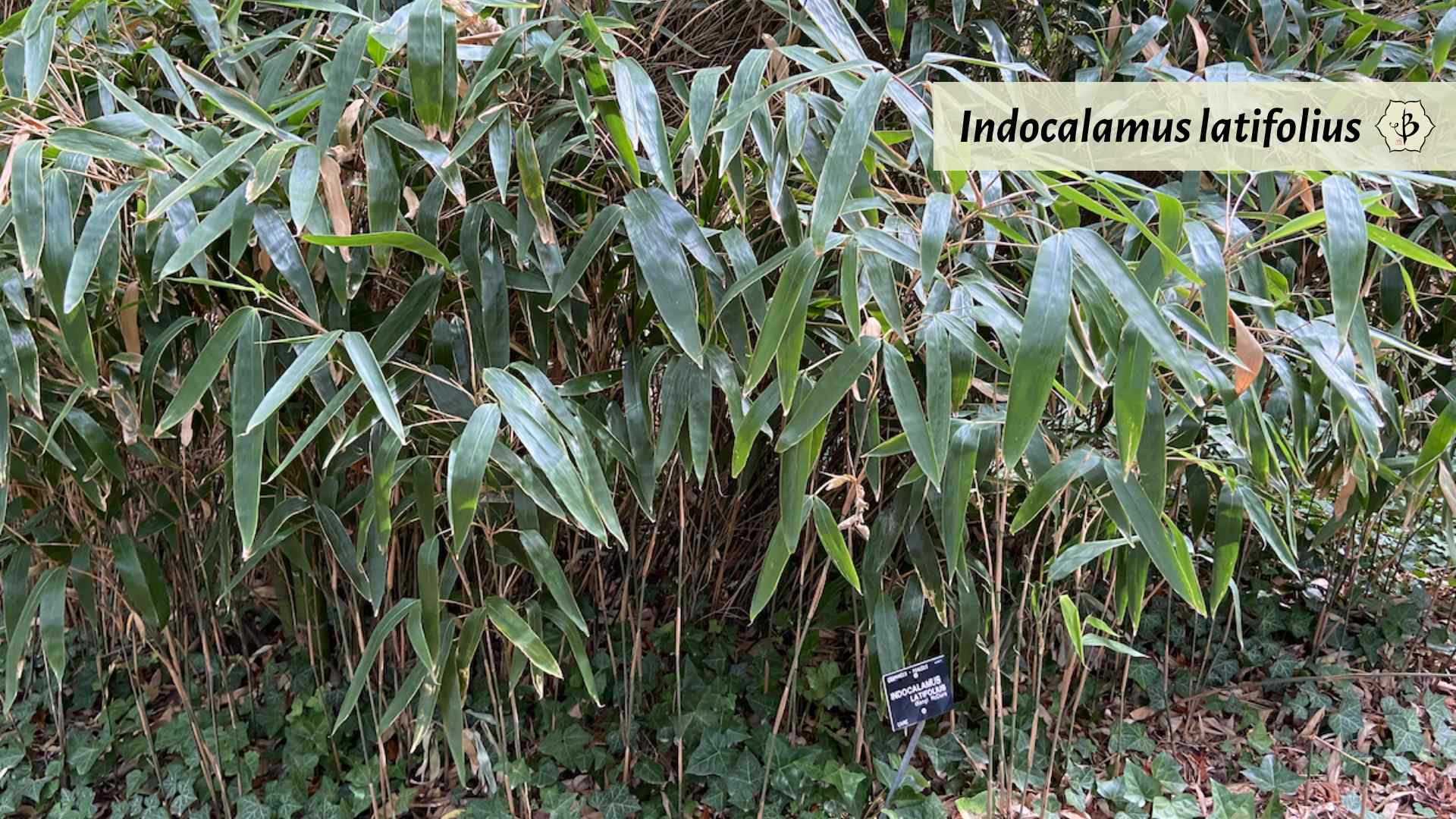
Running bamboo in the cold
- Arundinaria gigantea ‘Macon’: Native to North America, this is considered to be the most cold-tolerant of all bamboo. If this doesn’t survive in your Canadian bamboo grove, nothing will. Cold-hardy down to about -25º F. It’s also more tolerant to wet soil than most other bamboo. Slender, upright canes make it ideal for privacy screens, up to 20 feet tall and about 1 inch thick.
- Indocalamus tessellatus: This unusual, low-profile variety is also known as “Giant leaf bamboo” because it has the largest leaves of any species, up to 2 feet long and 4 inches wide. But the plant itself is not so massive. This semi-dwarf specimen can grow up to about 10 feet tall, with half-inch thick culms. It’s popular for erosion control and very cold hardy, to around -10º F.
- Phyllostachys atrovaginata: Popularly known as “incense bamboo”, this variety has a waxy coat that gives the culms a very pleasant fragrance in hot weather or when rubbed. Many gardeners appreciate how fast his bamboo grows, with thick culms of 3 inches or more in diameter and up to about 40 feet in height. Good at temperatures as low as -10 or 15º F.
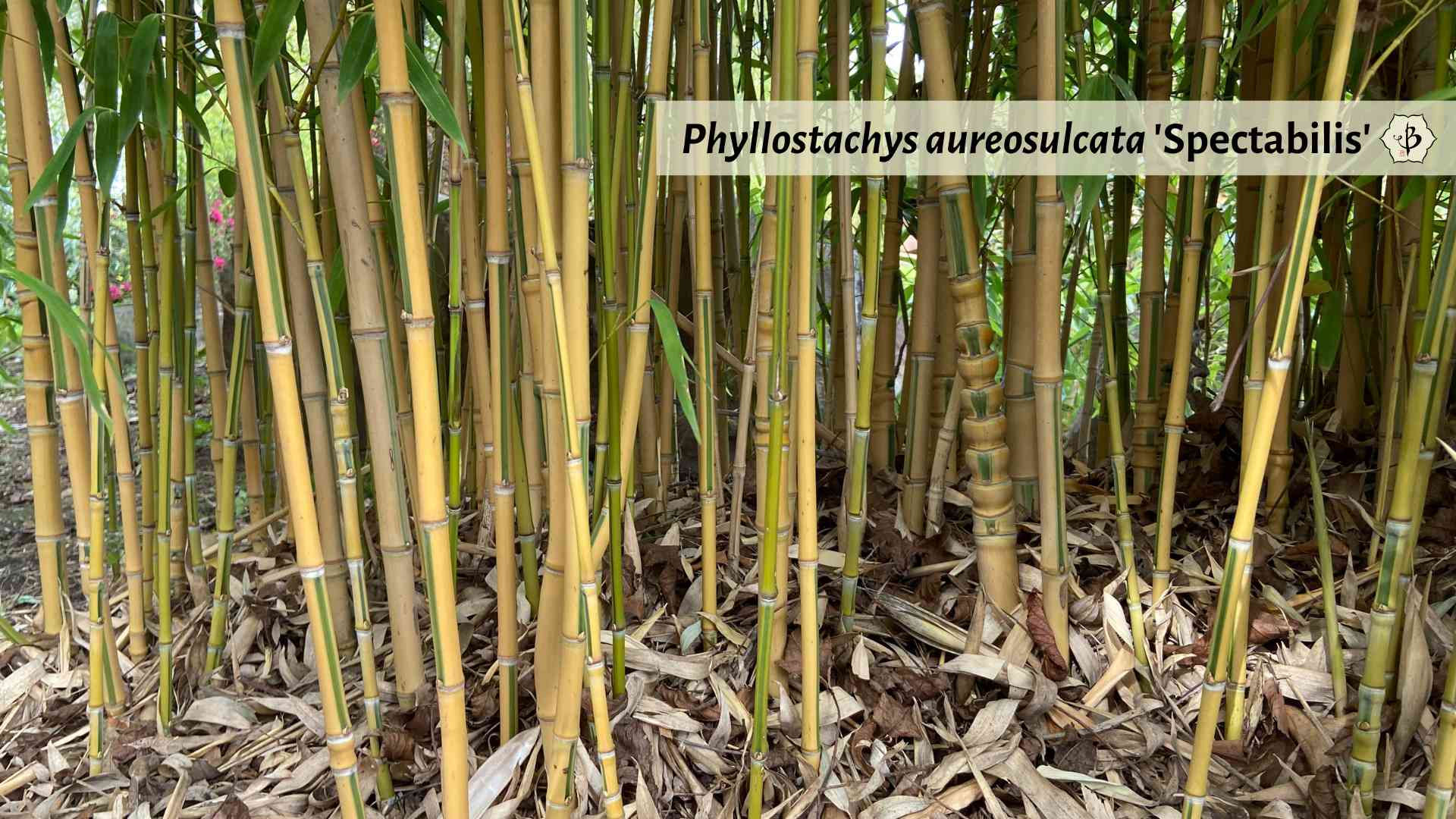
- Phyllostachys aureosulcata: The “yellow groove bamboo” is easily recognizable for the yellow stripe that’s visible on the olive green culms. A subspecies, Spectabilis, also called “crookstem bamboo”, has yellow poles that sometimes grow in a zig-zag manner, with distinguishing green stripes. This visually interesting and attractive variety can grow nearly 50 feet in height, even in freezing temperatures. But in zones where it regularly gets below minus 10 or 15º F, it probably won’t grow more than 10 feet tall.
- Phyllostachys bissetii: Very dense-growing, with a thick bushy canopy, and very cold hardy. The one-inch shoots will grow up to about 20 feet in height.
- Phyllostachys heteroclada f. solida: This subspecies of “water bamboo” is commonly known as “solid bamboo”. It’s one of the few varieties that actually has a solid stem, rather than being hollow inside. It’s also a bit more cold-resistant than ordinary water bamboo, hardy down to -10º F.
- Phyllostachys nuda: A very attractive and cold-hardy species, its shoots get 1-2 inches in diameter and 25-30 feet in height. Young shoots appear very dark, almost black, turning a rich, dark green as they mature, usually with pretty, white rings around the culm nodes.
- Phyllostachys parvifolia: Like water bamboo, the rhizomes of this species are well adapted for wet and saturated soil. Small leaves make the thick, dark green culms stand out, and the white rings around the nodes give them even more character. Fresh shoots of this variety are reputed to be delicious in flavor. Mature shoots can get up to 40 feet tall, and it is cold hardy down to -15º F.
- Genus Sasa and Sasella: These two genera of dwarf bamboo from Japan and China are perfect for cold climates. Sasa kurilensis even grows naturally in Russia! Low-growing, they make excellent garden accents underneath taller trees or bigger bamboo. Some species are better as shrubs, while others grow more like a ground cover. But despite their small size, their roots can spread very quickly, so be careful.
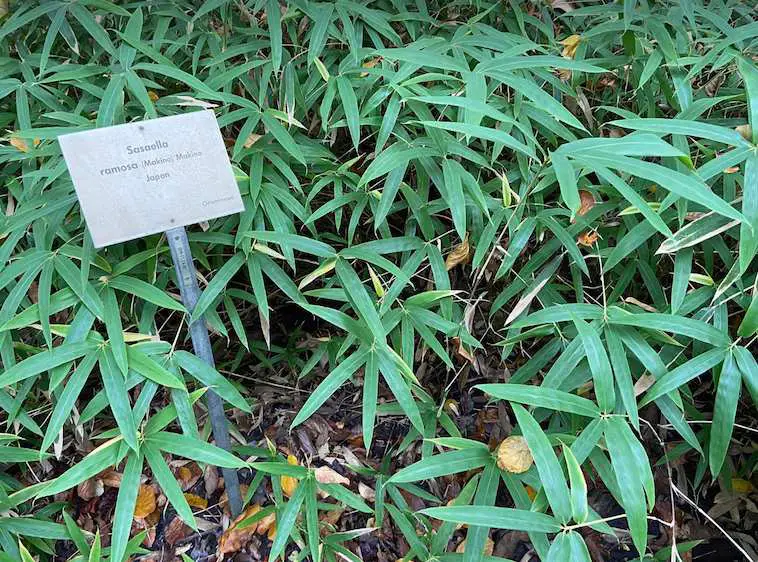
REMEMBER: If you’re planting running bamboo, like any Phyllostachys variety, always use a root barrier. Check out this Deep Root Barrier available from Amazon. Also check out our list of bamboo garden supplies and this detailed article on bamboo containment practices.
Clumping bamboo for the cold
- Fargesia murielae: Commonly known as “umbrella bamboo”, many consider this to be among the most beautiful varieties for cultivation. New shoots have a light blue hue, turning dark green and yellow with age. Growing this bamboo in a shady area will help preserve the rich blue shade. Thin shoots will get about 12 feet tall, and it’s hardy down to -20º F.
- Fargesia nitida: “Blue fountain bamboo” earned its name from the dark purple, bluish culms and the thick, cascading canopy of foliage. One-inch poles can get to about 15 feet tall, and thrive in temperatures as low as -20º F.
- Fargesia dracocephala: “Dragon head bamboo” has think culms growing to about 10 feet, with a thick, weeping leaf canopy that can provide a good privacy hedge. Not recommended for hot, humid climates, but cold hardy down to -10º F.
- Fargesia rufa: A compact, thick and bushy variety, Rufa much prefers cooler climates, and also does well in partial shade, protected from afternoon sun. This species is hardy down to -15º F. Thin culms grow to about 10 feet tall.
- Fargesia sp. ‘Jiuzhaigou’: This species includes many interesting and cold-hardy cultivars, including “red dragon” and black cherry”. As the names suggest, these are some more colorful varietals. With thin culms growing to around 10 feet, this is a more compact species of bamboo, but cold hardy down to -20º F.
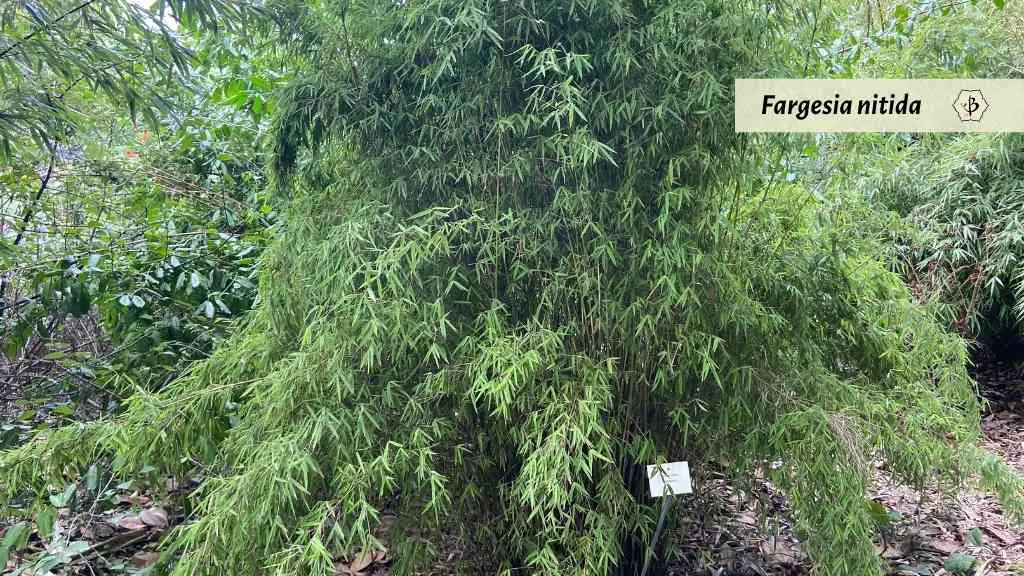
Bamboo growing tips for the cold
As you can see, there are plenty of bamboos to choose from if you’re looking to landscape an oriental-style garden in Canada. Most of these species are hardy into the negative Fahrenheit territory. So long as you aren’t expecting to dip below minus 20º or so, you should be fine. And even if the leaves get a little fried in a severe cold snap, the roots should still endure.
If you prefer to keep your bamboo in a pot or container, you might want to think twice. The natural earth provides extra insulation for the roots, and that can be important during a cold winter. A layer of protective mulch will go a long way to keeping the bamboo comfortable in the cold. Potted bamboo roots will be more susceptible to deep freezing. On the other hand, you will have the option to bring the bamboo indoors if it’s in a pot.
As far as propagating bamboo and taking rhizome divisions in cold climates, we recommend doing this in the late winter or early spring, after the worst of the cold is over. Try to catch them before the new growing season begins. The larger the plant and root ball, the better odds of success you’ll have.
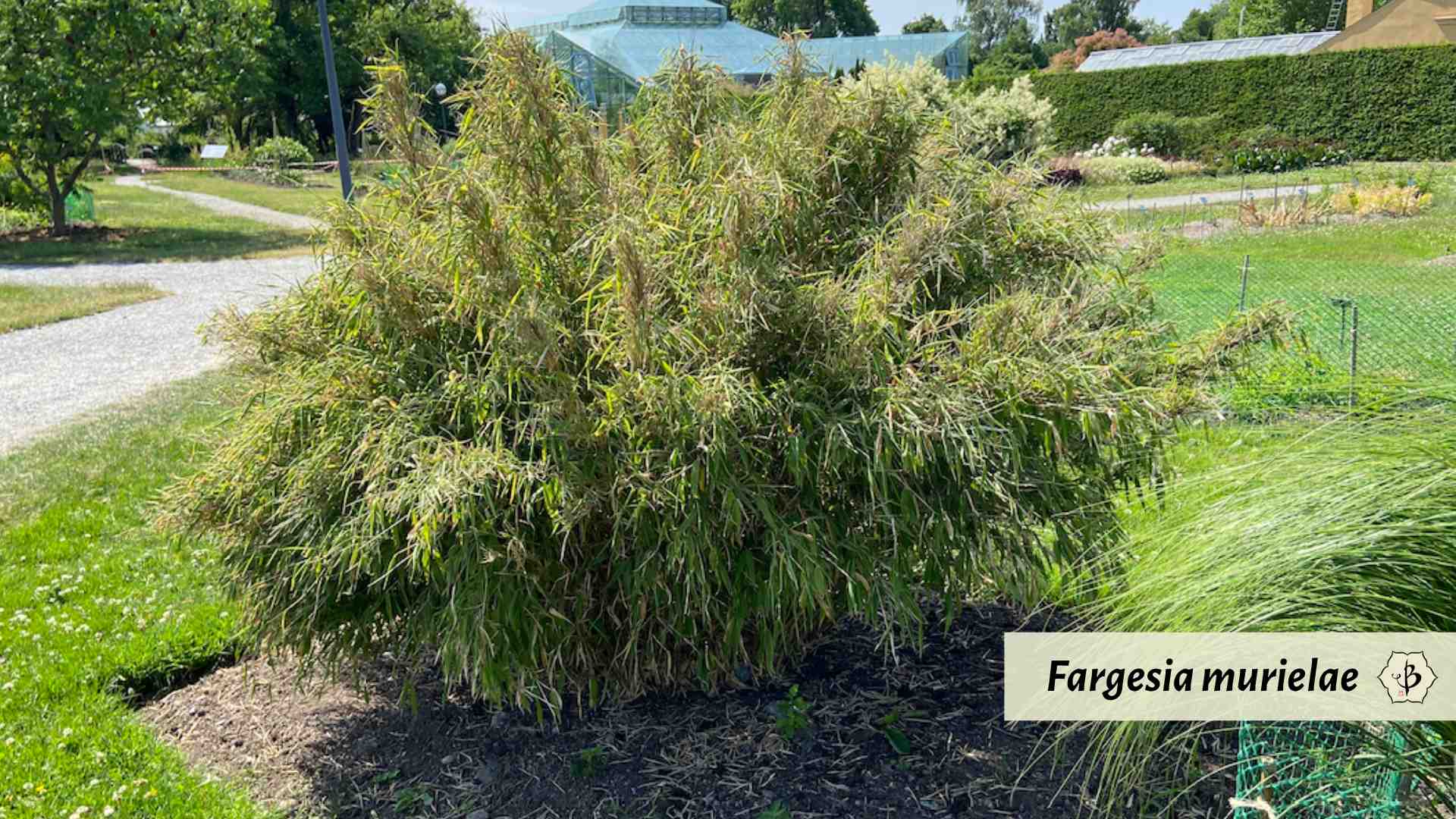
Keep warm and carry on
If you found this article helpful, you’ll also enjoy the following posts:
- Preparing bamboo for the winter
- Clumping bamboo for cold climates
- Temperate timber bamboo for cool climates
- Water bamboo: Growing around ponds and wetlands
- Should I plant a bamboo hedge?
- Running bamboo: Why must you run?
If you’re interested in finding more bamboo products in Canada, check out these links:
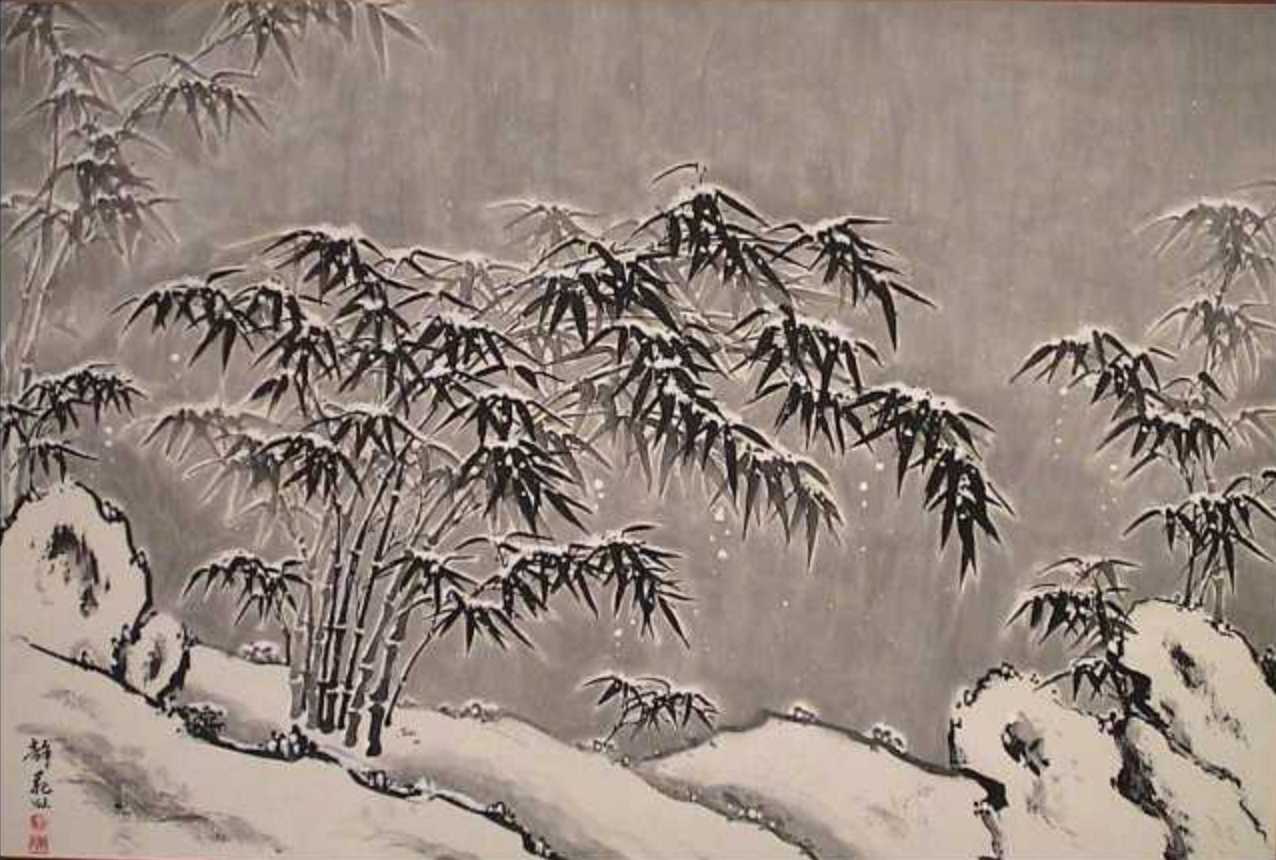
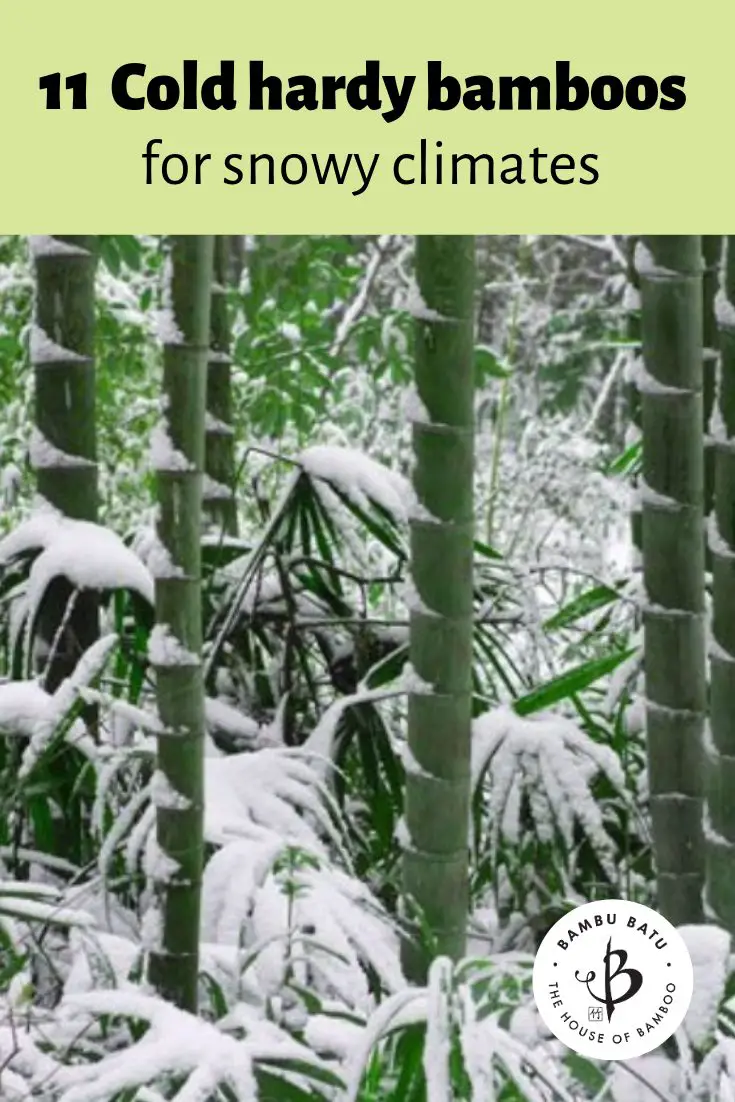

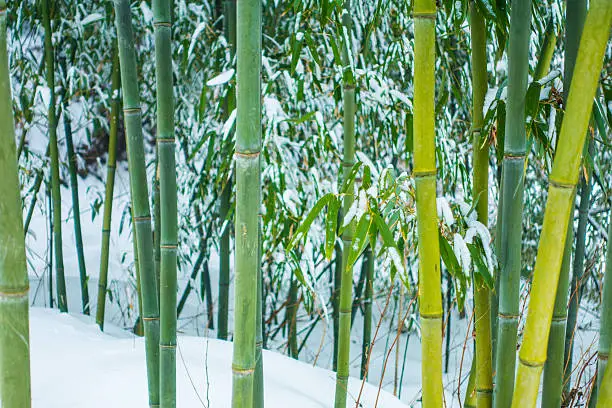
























Hello, where can I buy bamboo for planting in Toronto
I’m afraid you’ll probably have to order them online through the mail. We have a directory of bamboo nurseries. There’s only a couple growers in Canada and they’re in British Columbia, but they ship throughout the country.
Hi, which Bamboo variety will be the best for:
1. Canada, Niagara region area (St. Catharines)
2. Thick/strong body for being able to use it for gardening purposes
3. Offer privacy
4. Not aggressive root system
Which variety do you recommend?
Can I buy it from your nersery probably( if you have one)?
Thanks!
If you want something strong, robust, and cold-hardy, it will have to be a runner. But in the cold climate, it’s probably won’t become very aggressive. Otherwise, you can look into the genus Fargesia, which is clumping and extremely cold-hardy, but has more slender, delicate culms.
How long does a bamboo plant live?
Roughly 50 to 100 years. Check our in-depth article for all the details.
Can I spread seeds in the fall or is it best to dig up and plant rooted ball in early spring? Thank you.
Growing bamboo from seed can be very rewarding. But the root propagations are more reliable. I’d do both to cover all your bases.
I have a bamboo in my backyard in Toronto (a clumping variety but not sure which species; it has been there for about 5 or 6 years and is about 6 or 7 feet tall) and I would like to have some in the front yard, too. Is it possible to grow a new plant by cutting stalks from the existing one? I’m a little nervous about digging up roots. Thanks.
If your clumping bamboo is large and well-established, you can probably break off a “sub-clump” with little damage to the mother plant. This is a good time to do it, so the roots will have a few months to recover before winter sets in; but spring time would be even better. If you have fresh, green growth on the plant, you can try to take cuttings, but I’ve never had any luck with that.
CAn you grow this bamboo in large pots outside? and protect them in the winter?
Yes, you can grow bamboo in pots. One advantage is that you can temporarily move the pots indoors or into a green house if it gets too cold. But the disadvantage, if you leave the pots outside, is that the roots could get too cold without the earth’s natural insulation.
Hi Fred, thinking of planting Phyllostachys bissetii (Bisset’s Bamboo) at my home in Toronto as a privacy fence. But worried about roots taking over the yard. What would be the solution for this? Also, is this a fast growing bamboo? I’m hoping it is. Thank you. R.
Yes, that’s a good, hardy species. Check out our article on Bamboo Containment and Trenches.
Can you plant not hardy bamboo in the ground and let it grow till the fall, like an annual tree? -Near Montreal
In theory, yes. You could do this. But it doesn’t make a lot of sense. It’s a bit like planting a palm tree in your yard, knowing that it will almost certainly die within 9 months.
I want a buy button. Please?
Sorry, we don’t sell plants.
I’m looking to grow bamboo for use as chicken bedding in our coops. Is there a variety you would recommend for this use? (Growing in zone 5)
Plants from the genus Pleioblastus are very hardy and fast-growing, with thin, delicate culms that can make good bedding or fodder.
Dear manager
I wanted to ask you a question. Are there any bamboo plantations in Canada, why is there so little bamboo planting in Canada, and where in Canada can you have a successful bamboo plantation and grow bamboo in it?In your opinion, according to the weather and soil conditions, is it possible to establish a bamboo farm in Vancouver or the suburbs?
With respect,
Davood Ghamnavaz
Hi Davood, Great question. Yes, you can grow a few types of ornamental bamboo in Canada. And indeed, the Vancouver area has the best conditions for bamboo cultivation. But when it comes to running a commercial bamboo farm, your long winters will make it very difficult to be economically competitive with bamboo grown in Asia or Alabama. I’m not saying it can’t be done, but you need to be aware of the challenges. I would probably recommend Phyllostachys bambusoides or ‘Henon’, cold-hardy timber bamboo species. And have a good monetization strategy: https://www.youtube.com/watch?v=dkc2ojUriWk
Hello, great article!
How well do you think bamboo would grow in a post high intensity fire restoration environment with steep terrain? Would like to take advantage of all the open land now available to sunlight on my lot in BC. Any additional reference material you can point me in the direction of?
Bamboo would grow well in these conditions and on a steep slope. You might consider more native plants if it’s a fire recovery zone. But a small patch of bamboo in there could be great.
You don’t mention anywhere how fast any of these different cool hardy bamboos grow? I want to use it as a fence around my property here in Manitoba but I’m 65 so I need something that’s cold hardy and grows pretty fast. Thanks
Great question, Lorne. The fact is, bamboo is not going to grow very fast in Manitoba. Plant some Fargesia and allow each clump about 2 or 3 years to fill out. But Fargesias are clumpers, so they spread out slowly.
My plant leaves are turning yellow on tips and I don’t know what to do is in a glass jar small one can I change it I have to break glass to transplant please help no webpage. Northern Ont needs help
Sounds like you have Lucky Bamboo, something completely different.
I live in Welland, Ontario and grow bamboo-no idea what type it is. Grows to 11 feet. If anyone wants a small clump come on down.
Can Phyllostachys parvifolia survive in Southern Ontario near the bottom of the lakes area? I found someone in Italy claiming to sell the roots but it’s a $100 for one little clipping… which to me is insane… but I can’t find anything elsewhere and have been looking for 10 years. But I still don’t want to pay $100 for something which doesn’t even have a chance to live…. I don’t care if it never gets huge or anything but more just that it survives.
Yes, that’s a reasonable species for the area. But the price is outrageous, you are correct. For $100 you should get a well-establish plant, a few years old, in a 5-10 gallon pot at least. It’s not a super common species, but it’s not otherworldly precious or exotic.
I have a clumping bamboo from the Himalayas which requires no mulching as its leaves do fall a bit. One cane has reached about 12 feet. Used to have a running bamboo as well, but it started taking over the yard!!!! We did manage to dig it all out. We live in Toronto.